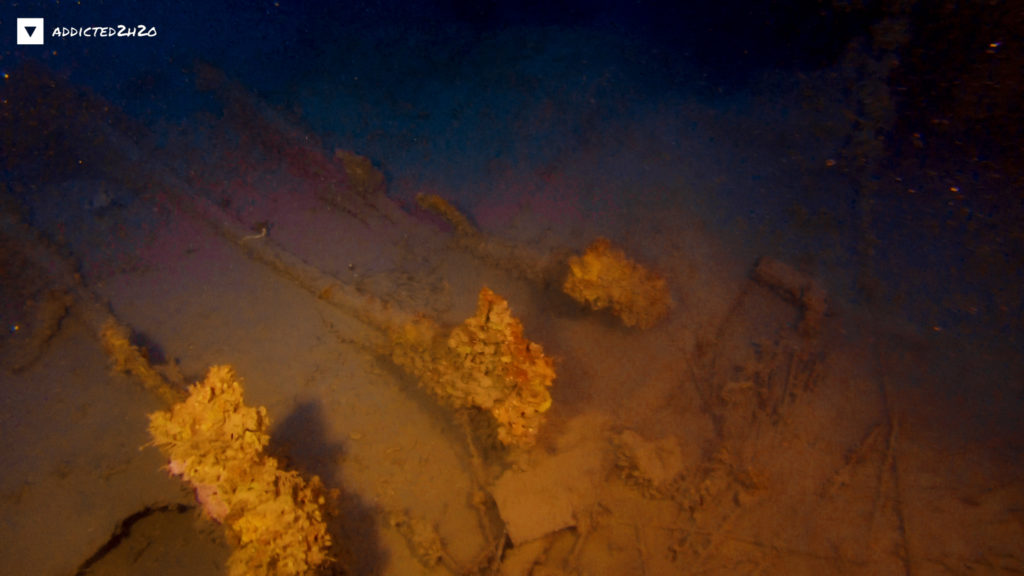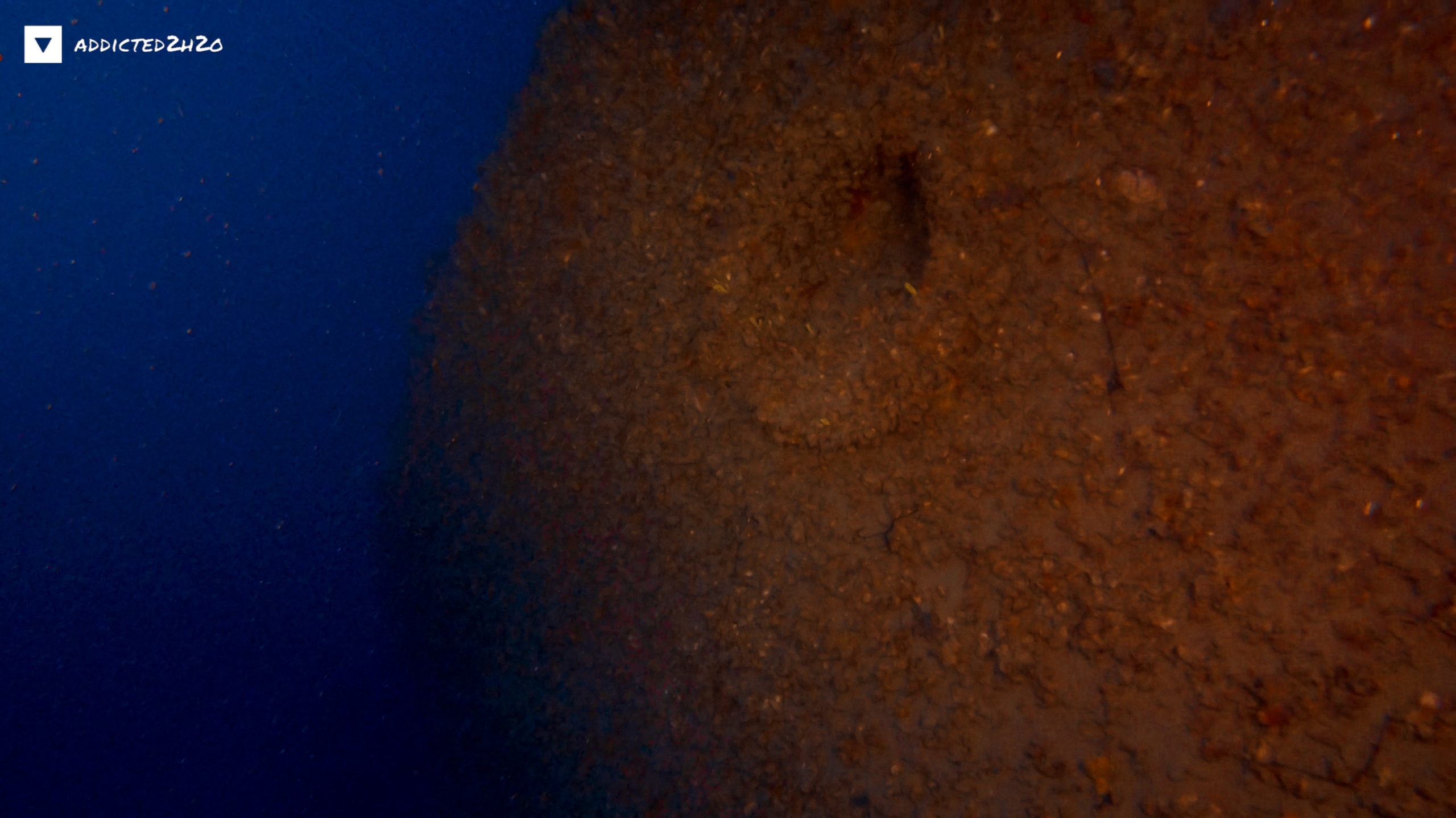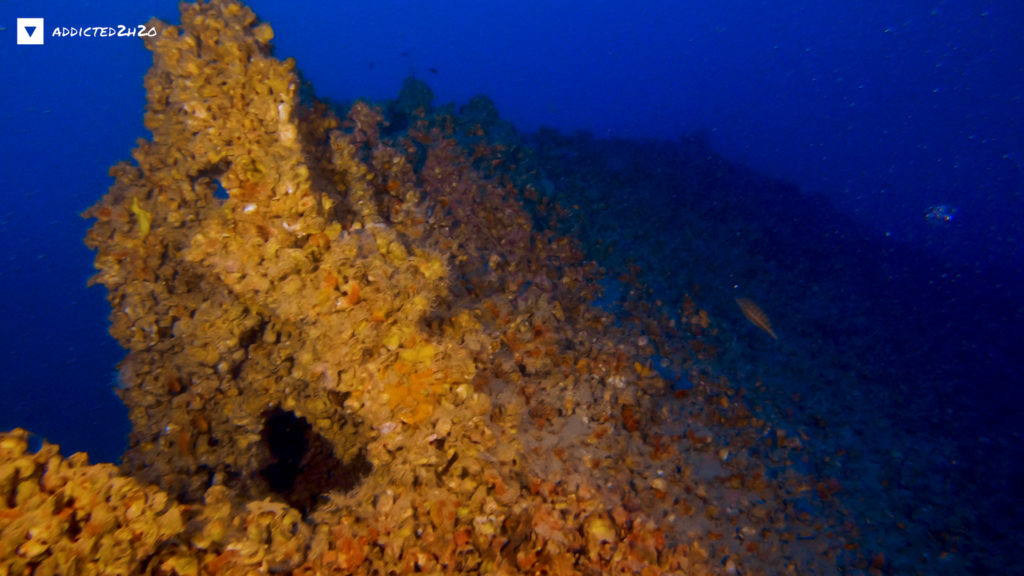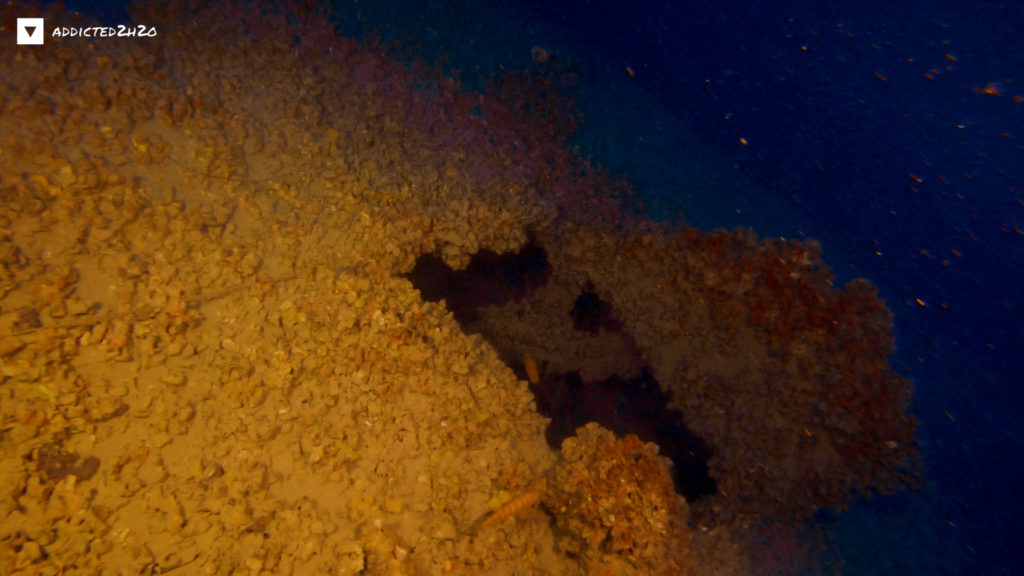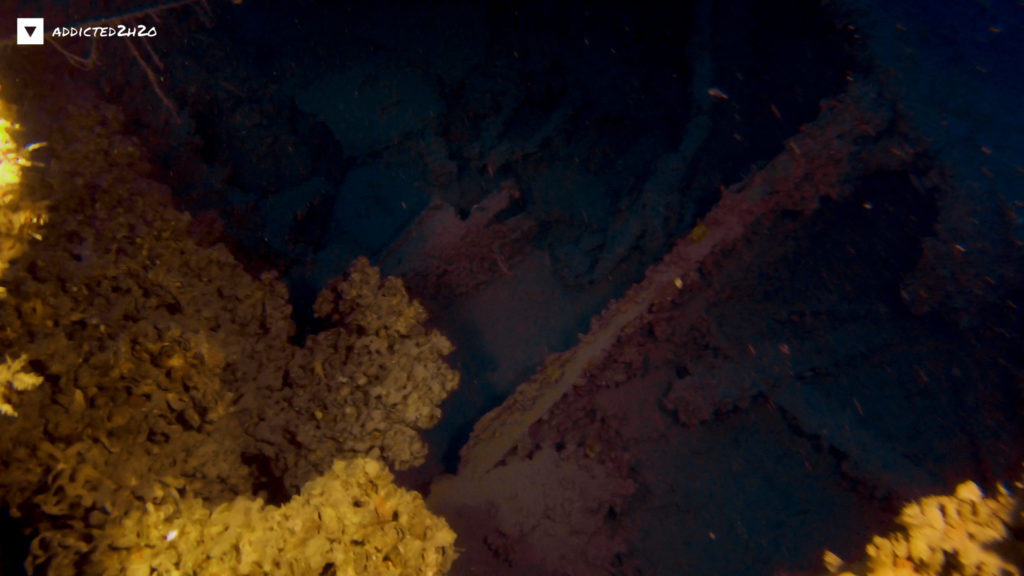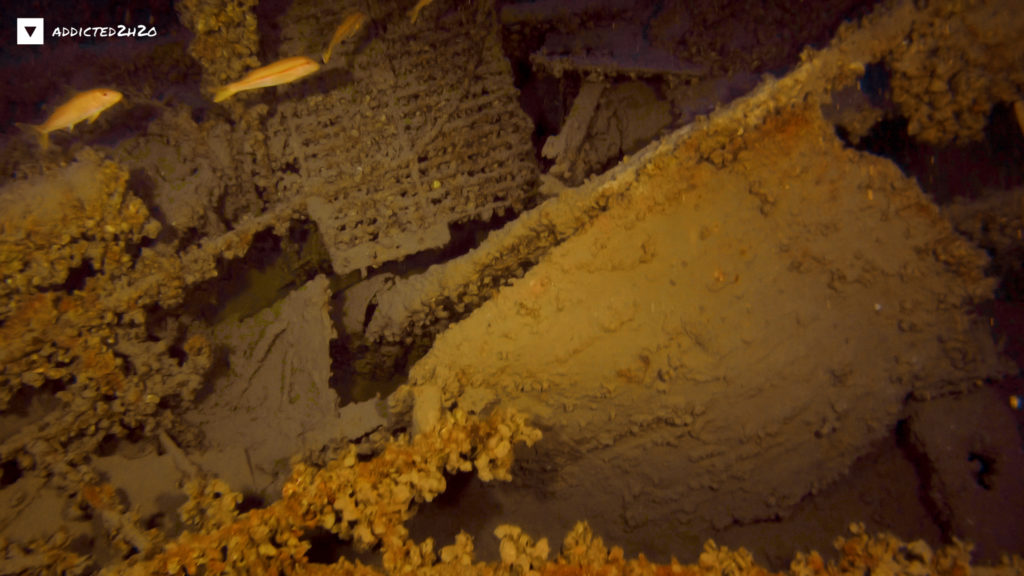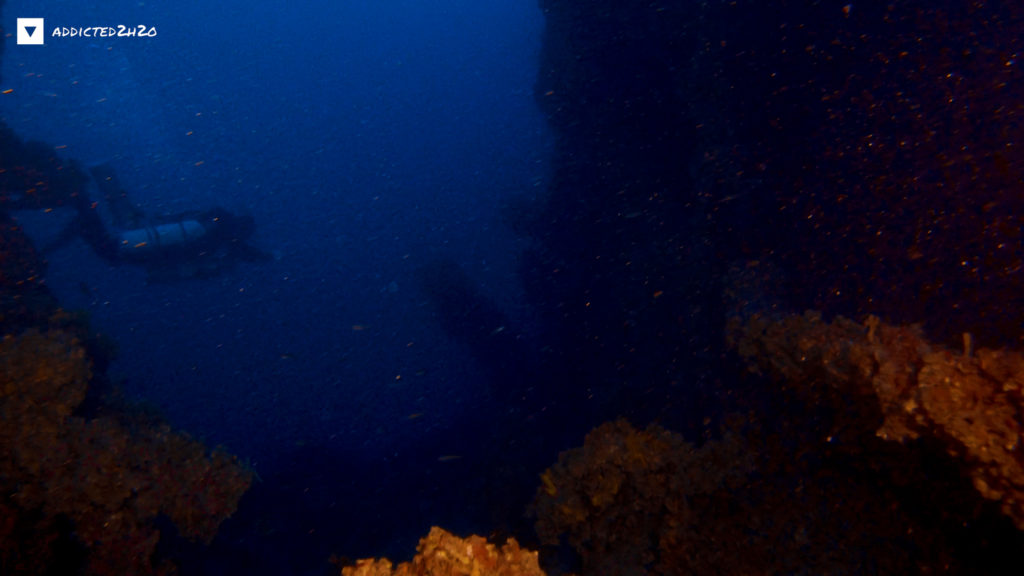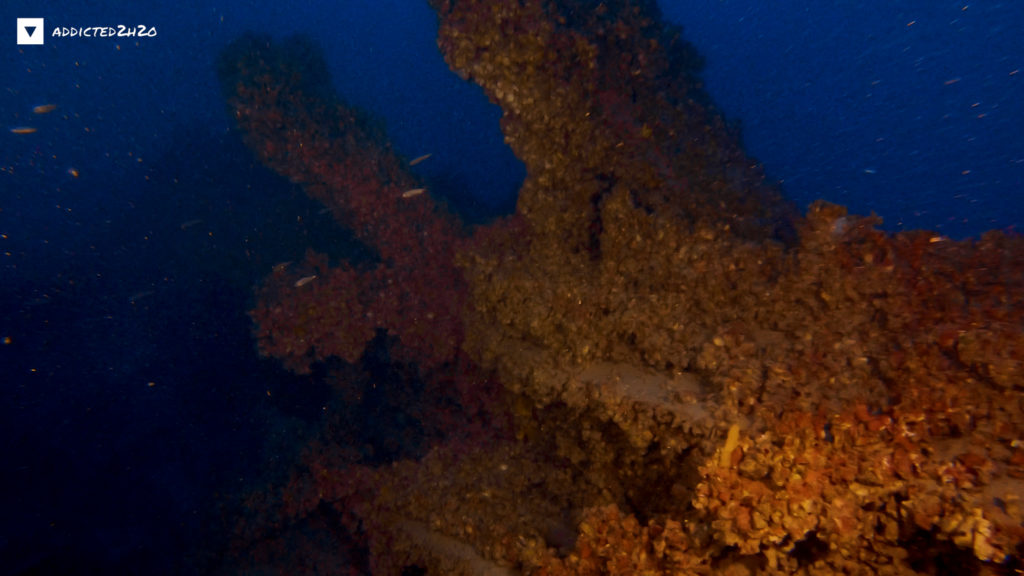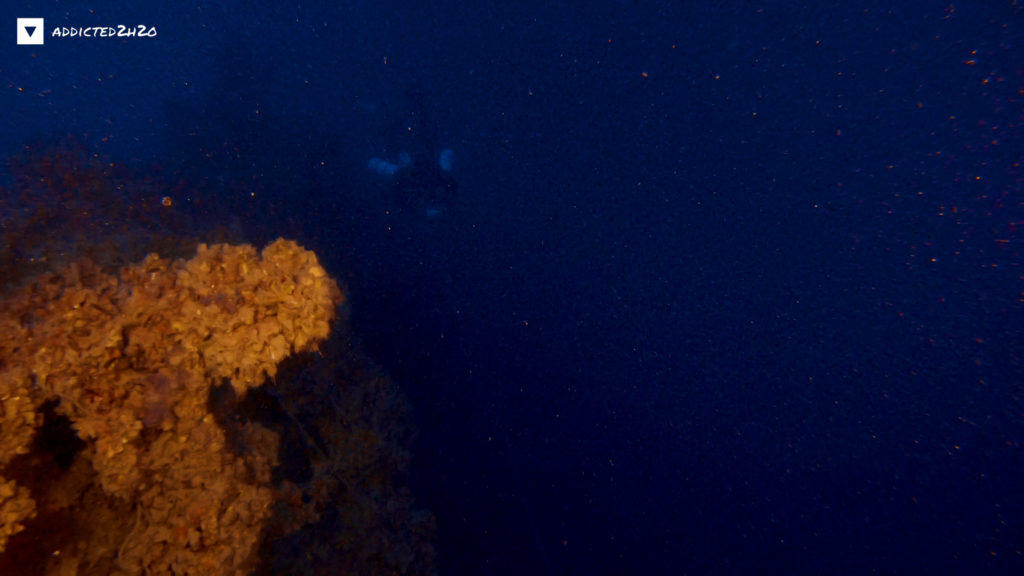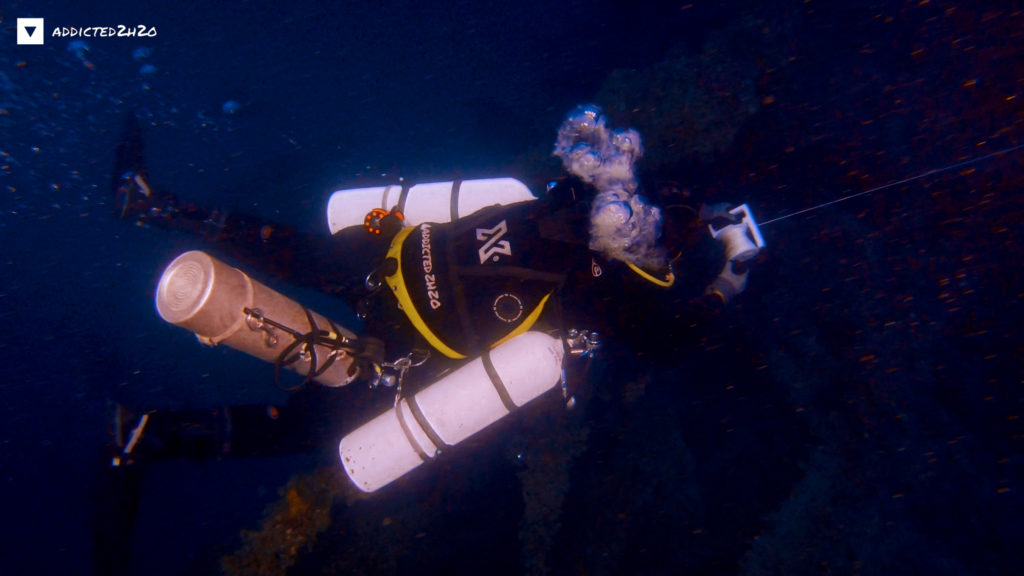HYDRA
DESTROYER (D97)
The destroyer had a length of 92.3 meters and her displacement was 1350 tons. Her propulsion was Steam turbines 52.000hp. Able to reach a speed of 40 knots. She was able to carry and drop up to 40 mines. After her modernization she was fitted with: Three 120 mm cannons, three 40 mm anti-aircraft cannons, two 20 mm oerlikon, three 21 inch torpedo tubes, anti-submarine type 127 device, depth bomb detonator and two bomb launchers. With a total crew of 166 people she was one of the four destroyers (KOUNDOURIOTIS, SPETSAI AND PSARA) ordered by the Greek Government from the Italian shipyards in 1930 and received in 1933. She took part in the operations of 1940-41, which included many convoy escorts, and the first attach at the Otranto straight (November 14-15, 1940). She sank on April 22, 1941 after a German air strike near the island of Lagusa in the Saronic Gulf. During this raid in total 4 Officers, 11 non-commisioned officers, and 27 sailors out of a crew of 156 perished including the Commanding Officer Th.Pezopoulos and the First Mate L.Vlachavas.
The sinking of the ship in 1941
From the begining of April the war had entered a new phase with the Hellenic navy facing an enemy with overwealming strength, outnumbered in the air. The navy was forced to take a defensive stance taking heavy losses but was also able to fight back displaying much heroism. The constant attack by the German airforce meant ships were not safe to dock at the main ports of Elefsina and Megara. Therefore from the nght of the 13th of April 1941 most ships were ordered to disperse in pairs in the Saronic Gulf. On April the 21st due to the relentless air attack by the German Luftwaffe the Hydra along with other Destroyers sailed in the Saronic Gulf trying to avoid detection. The ship had been ordered to be at Fleves island at 19:00 on April the 22nd to rendezvous with the cargo ship Marimesk and the submarine Papanikolis and sail to Souda in Crete. At 17:30 on the same day as it was sailing next to the island of Aigina she was spoted by an enemy reconnaissance plane. In order to trick the enemy she sailed opposite towards Methana island and when the plain dissapeared resumed her course towards Fleves island. Soon after from the North appeared a large formation of enemy aircraft, approximately 70 in number. Half of the aircraft broke formation and headed for the ship. Battlestations was ordered and the Hydra sailed at maximum speed whilst avoiding enemy bombs with her anti-aircraft guns firing against the enemy. She was able to repel several attacks before her engines stalled and the ship due to the bombardment started to take on water. As per records from the survivor officers, although the ship was strafed by enemy machine gun, no bomb actually made a direct hit on the ship. The explosions in close proximity to the ship caused many cracks to the hull which started to flood the ships compartments. When the attackers were certain the ship was out of action and it was going to sink they called off their attack. The sinking of the ship was witnessed by many inhabitants of the islands of Aigina, Salamina but also from Athens who sent many boats to rescue the survivors who had abandoned the ship. Some managed to reach the island of Lagousa and remained there until rescue arrived.
The dive
The ship has sunk on a sandy bottom at a depth of 70 meters near the island of Lagousa. Descending at the wreck site the visibility is quickly lost with the scenery going dark after the first 30 meters, weather conditions being a gloomy day did not help in this regard. There was a slight current on the surface and between 30 and 50 meters depth. Upon reaching the seabed the divers witnessed the wreck of the Hydra Destroyer in all its glory. Upon further investigation and filming of the wreck it can be said the mid to stern section is fragmented in several sections whilst its mid to bow section is in better condition albeit evidence of the destruction from the attack and subsequent sinking is apparent. A great dive at a historic wreck site of the once proud Hydra Destroyer and her crew who fought with bravery and heroism. A total bottom time of 25 minutes was reached before the divers started their ascent and necessary decompression to safely reach the surface.
Divers:
Erikos Kranidiotis
Stelios Stamatakis
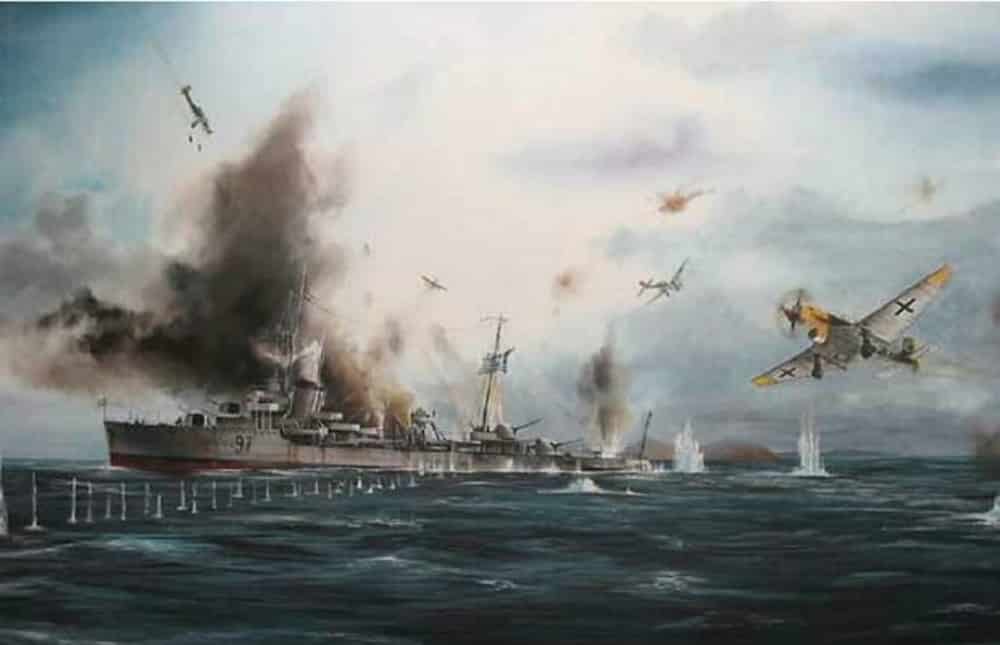
SOURCES
https://www.grafasdiving.gr/shipwrecks/destroyer-hydra-d-97/
https://en.wikipedia.org/wiki/Greek_destroyer_Hydra
Paizis – Paradellis, Konstantinos: (1980) The Ships of the Greek Navy 1830 – 1979, General Army Staff Publications, Athens.
Dounis, Christos: The Shipwrecks in the Greek Seas 1900-1950, Volume A, published by Finatec, Athens.
Do what you can’t

